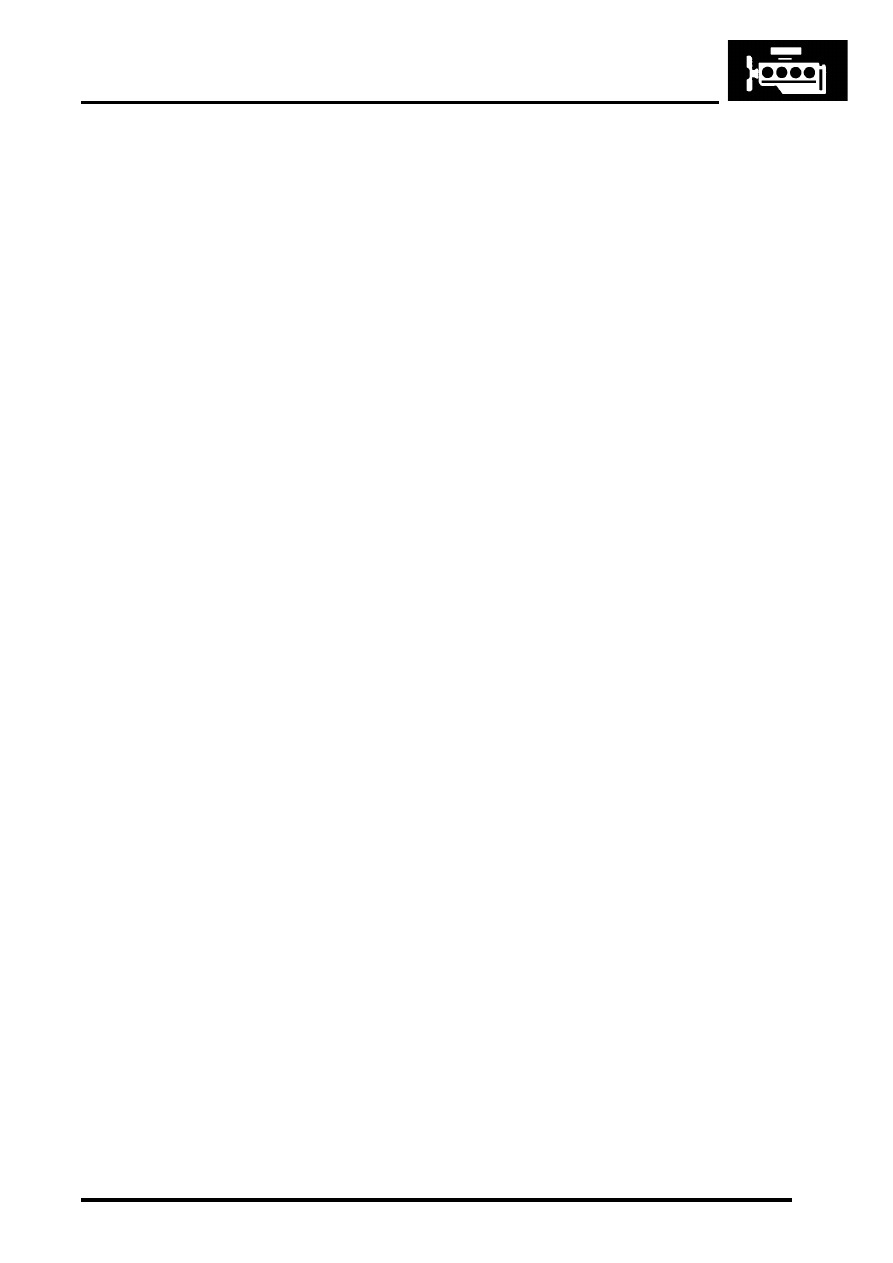Discovery 2. Manual - part 403

ENGINE - TD5
DESCRIPTION AND OPERATION
12-1-9
1 Acoustic cover
2 Oil filler flap
3 Rear acoustic cover
4 Rear acoustic cover inserts (2 off)
5 Rear acoustic cover grommets (2 off)
6 Rear acoustic cover screws (2 off)
7 Acoustic cover grommets (3 off)
8 Acoustic cover bolts (3 off)
9 Camshaft cover isolators (13 off)
10 Camshaft cover flange screws (13 off)
11 Breather hose clip
12 Breather hose
13 Breather hose to breather valve clip
14 Breather valve
15 Camshaft cover seal
16 Oil separator plate
17 Oil separator plate gasket
18 Camshaft cover
19 Acoustic cover to camshaft cover seal
20 Oil filler cap and seal